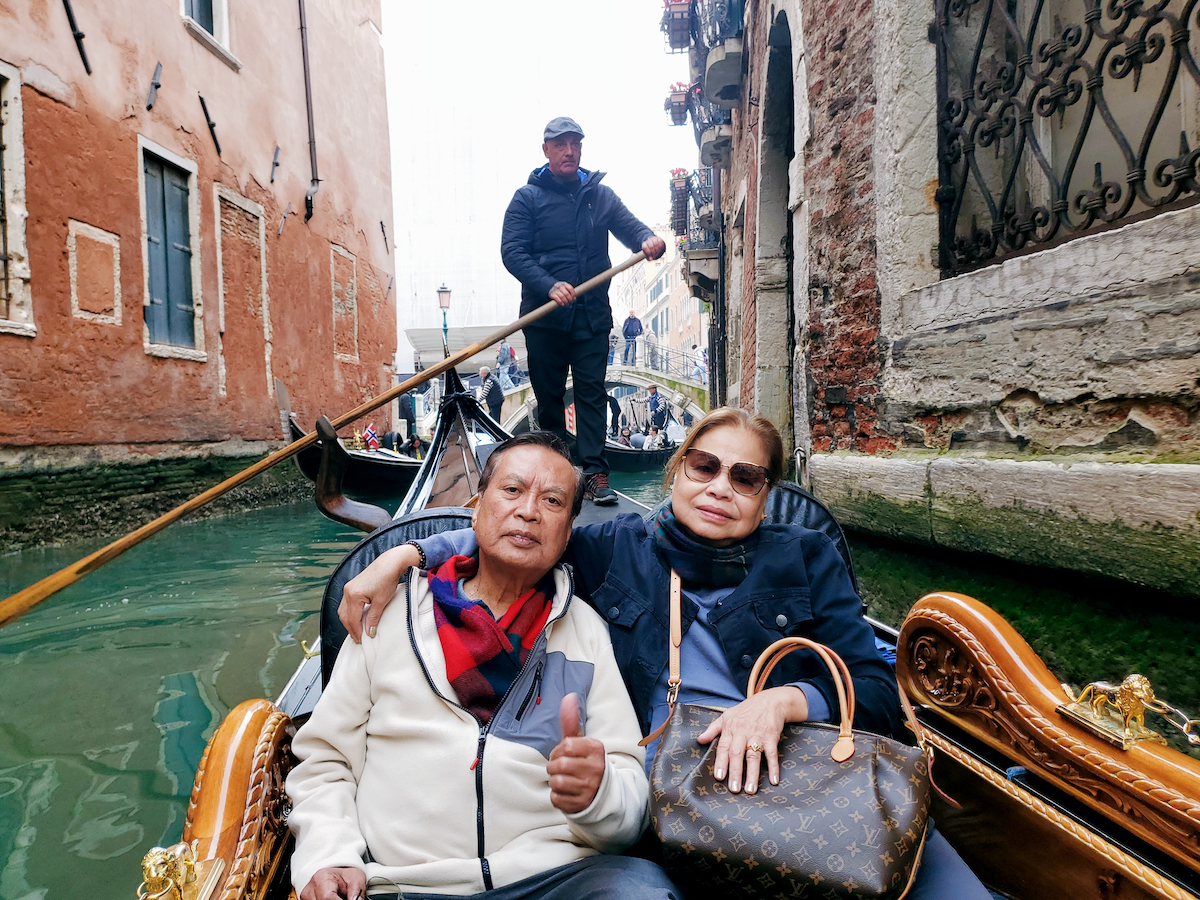(Part 2 of 2)
Two months earlier we had visited Tehran, and we raised the chances of perhaps an almost impossible dream: we said Allah could certainly bless a dream of centuries: a reunion of Islam’s great Sunni and Shiite populations, akin to Christianity’s Catholic and Protestant wings whose sometimes bloody conflicts raged for centuries in Europe but in God’s time, finally reached a settlement. As we had pointed out in an earlier column, the last bitter isolated battles between Catholic and Protestant partisans were in Northern Ireland but these had come to an end with the Good Friday Agreement, assisted by U.S. mediation, signed amidst great sighs of joy some two decades ago on April 10, 1998.
Iran leads the Muslim Shiite wing, supported by Iraq, Syria, the majority in Lebanon, and substantial groups in Yemen, the latter wracked today by civil war; while the Muslim Sunnis are at present actively led by the rich oil producers, the Kingdom of Saudi Arabia, United Arab Emirates and Kuwait; and by Jordan, Egypt and others. Tiny but big oil producer Qatar is restrained by the Saudi-led Gulf Arabs and Oman is Iran- inclined but quiet.
On both sides of the Persian Gulf, Arab Gulf to the Arabs, there is a continuing state of unease, tension, and on occasion on the Syrian side, bloody battles, that are close, we hope not, to dangerously involving Israeli troops in larger warfare.
After some work at home, we expect to visit Saudi Arabia, where as we wrote earlier, in the old days we pioneered as prime contractors and not as labor suppliers, competing at the time with some of the better Europe and U.S. companies in the world, operating the port of Jeddah on the Red Sea and the port of Jubail on the Persian Gulf; drilled and discovered onshore oil in the Emirate of Ajman in the United Arab Emirates, the first Filipino drilling initiative with Arab partners overseas; pioneered in Kuwait and Iraq with highways and housing, until we were trapped by the Iraq-Iran war in Basrah, at the boundaries of Iraq, Kuwait and Saudi Arabia, and languished there in the early years of the Iraq-Iran war, when we were later finally able at great loss to repatriate more than 1,000 of our Filipino workers and management teams.
The Iraq-Iran war had caused us unimaginable crises and suffering. Our Filipino workers were not paid and there was constant wailing over the years and we were almost driven to bankruptcy from 1982 to 1990, when again the Second Gulf War broke out, as U.S. and Allied troops came to the rescue of Kuwait to oust Saddam Hussein’s invading Iraqis, and we had completely then lost some $40-million of our road-building, transport and infrastructure equipment in the wars.
Those were our most difficult years of tragedy and hell, after years of business success in the Arab world: Saudi Arabia, Kuwait, Bahrain and United Arab Emirates, and in Libya in North Africa.
We were finally able to fully pay our thousands of Filipino workers, middle managers and executives after we won a hard-fought, almost two years of legal battles in London and New York and collected payment from our insurers, the Lloyds of London and other U.S. insurance groups with hardly a little left for us, the shareholders. But nevertheless we were thankful to our international lawyers, the renowned White and Case of the U.S., perhaps the leading law firm in the world, which handled and won our case on a rare contingency basis, supported by the prestigious European investment bank, Lazard Brothers.
From the start of our operations, we were the biggest overseas foreign exchange earners at the time for the Philippine Central Bank, that then C.B. Governor Gregorio Licaros flew to Jeddah to honor us with a visit to thank our thousands of Filipino workers in the cities of Jeddah, Jubail, Riyadh, Yanbu, and Gizan.
But our greatest joy as pioneers is that we were able to pave the way in succeeding years until today for the employment since 1975 of tens of millions of Filipinos in the Middle East and their movement later, across the Suez Canal, into the Mediterranean and into Europe as executives, skilled workers, engineers, teachers, doctors, and nurses.
They are a successful sequel to the pioneering, intrepid Filipino workers who journeyed to and worked in the farmlands of Hawaii and California, and the fish canneries of Alaska more than 110 years ago, and who today number perhaps more than 3.5-million and who have become executives or largely attained respected middle-class status in the United States of America.






